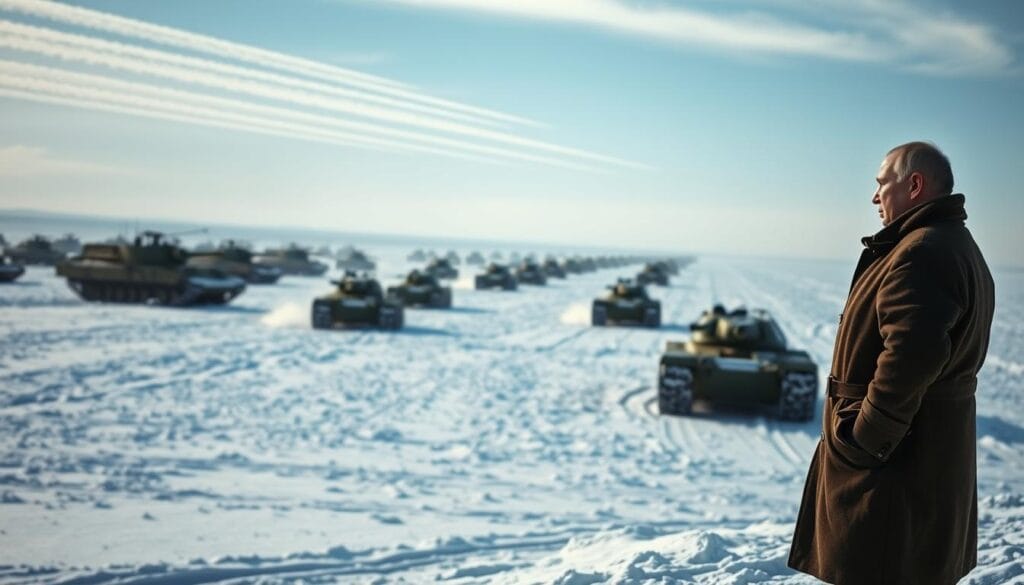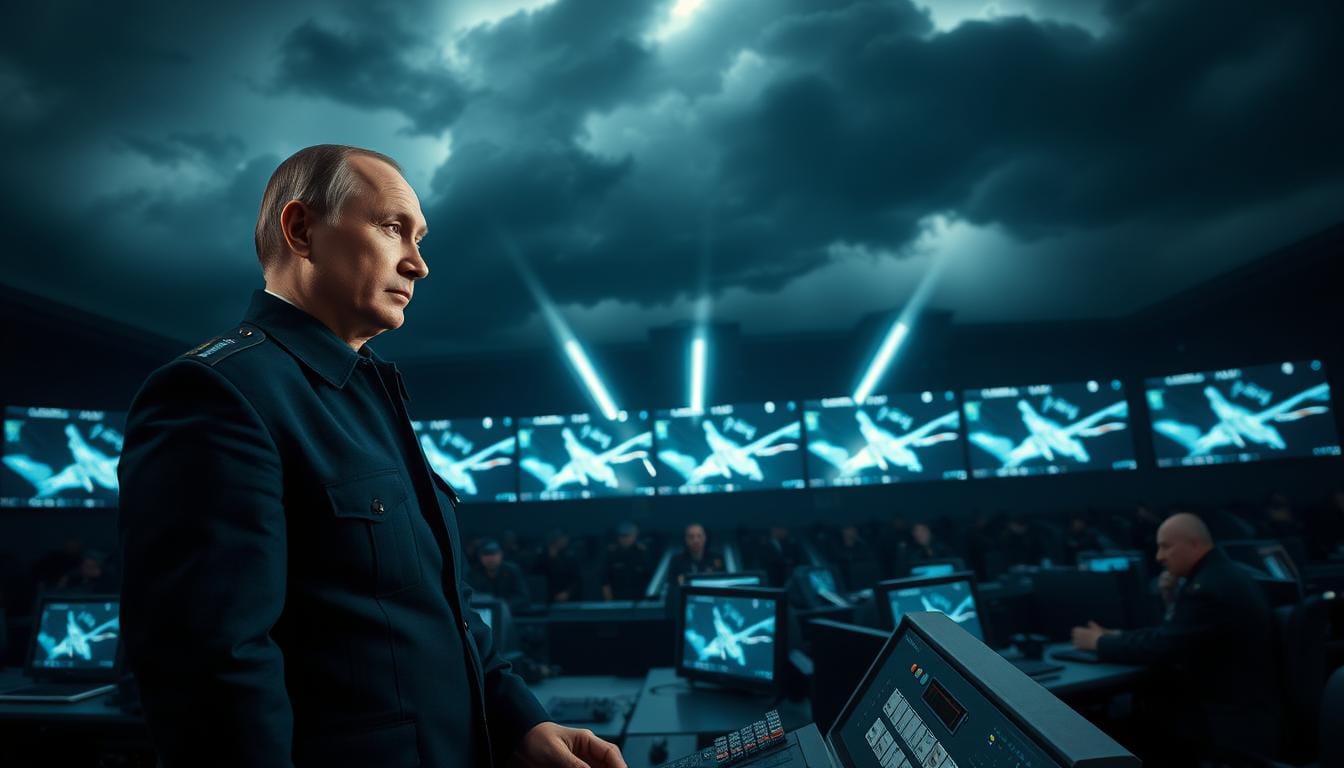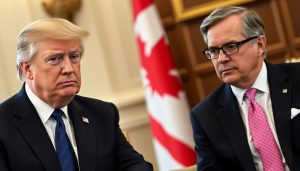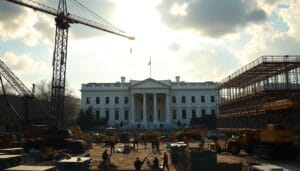Putin Conducts Strategic Nuclear War Drills
Discover insights on the latest Russian military exercises as Putin conducts strategic nuclear war drills amidst rising global tensions.

Putin Conducts Strategic Nuclear War Drills
Click to summarize this article.
Putin Conducts Strategic Nuclear War Drills: On Wednesday, October 22, 2025, Vladimir Putin led exercises involving strategic nuclear forces. Moscow called it routine testing of national defense. Briefings from the Kremlin and the Associated Press stated that the drills encompassed Russia’s entire nuclear triad.
A Yars intercontinental ballistic missile was launched from the Plesetsk range in northwestern Russia. A Sineva ICBM was fired from a submarine in the Barents Sea. Tu-95 bombers also released long-range cruise missiles during the exercises.
Gen. Valery Gerasimov reported to Putin via video link. He outlined procedures for nuclear use. Defense Minister Andrei Belousov joined from the Kremlin’s Presidential Situation Centre. The Kremlin stated that the scenario was planned in advance, with a focus on the leadership decision-making process.
The drills happened as a planned summit with U.S. President Donald Trump was postponed. This added a sharp geopolitical edge. For more on the forces and doctrine, see this report on Russia’s nuclear drills. Also, check out this overview of Russia’s nuclear doctrine.
Putin Conducts Strategic Nuclear War Drills: Key Takeaways
- Russia staged triad drills, including Yars ICBM, Sineva SLBM, and Tu-95 cruise missile launches.
- The Kremlin stated that the exercise tested command skills and leadership decision-making chains.
- Putin, Gen. Valery Gerasimov, and Andrei Belousov coordinated via secure video link.
- The event was framed as planned and tied to national defense readiness.
- The timing overlapped with the postponed Putin–Trump summit on Ukraine, heightening tensions.
- Official messaging emphasized routine military exercises amid broader geopolitical pressures.
Strategic Nuclear Forces Drills and Context in Russia’s Military Exercises
Russia recently conducted military exercises that showcased its nuclear triad. This move heightened geopolitical tensions. It also raised questions about modern atomic weapons testing.
What Moscow’s Nuclear Triad Tested: Yars ICBM, Sineva SLBM, and Tu-95 Cruise Missiles
A Yars ICBM was launched from the Plesetsk range in northwestern Russia. A submarine in the Barents Sea fired a Sineva SLBM. Tu-95 bombers also launched long-range cruise missiles.
Experts say these actions are part of a shift in deterrence. They are seen as a warning to NATO. This is because intermediate- and hypersonic systems are changing how we think about.
Command and Control Focus: Practicing Procedures for Authorizing the Use of Nuclear Weapons
The Kremlin focused on training under strategic conditions. Crews practiced the steps for authorizing the use of nuclear weapons. This highlighted the strict protocols in place to ensure readiness.
These drills illustrate how decisions are made in crises. They are key to modern nuclear testing. Quick verification and clear communication are critical in these moments.
Kremlin Statement and Leadership Role: Putin, Gerasimov, and Belousov via Video Link
President Vladimir Putin watched from the Presidential Situation Centre. He received updates from General Valery Gerasimov and Defense Minister Andrei Belousov via video. Their briefings explained the scope and safety of the launches.
These drills are compared to those of Russia and Belarus. This analysis of tactical readiness shows how layered postures affect security threats.
Timing and Geopolitical Tensions: Postponed Putin–Trump Summit on Ukraine
The timing of the drills caught attention. Plans for a meeting in Budapest were delayed after a call between U.S. Secretary of State Marco Rubio and Russian Foreign Minister Sergey Lavrov. Dmitry Peskov stressed the importance of thorough preparation.
Reports on Russia’s Oreshnik and hypersonic activities increased tensions. The United States and the United Kingdom continued to monitor the situation in Ukraine. This coverage of missile capabilities and interceptions provides a broader perspective on nuclear testing and security threats.
Putin Conducts Strategic Nuclear War Drills
Putin oversees strategic nuclear war drills from the Kremlin. He watched Gen. Valery Gerasimov and Defense Minister Andrei Belousov lead the operation. This demonstrated Russia’s focus on national defense, despite rising tensions.
The drills were detailed and precise. A Yars missile was launched from Plesetsk, a Sineva ICBM from a submarine, and Tu-95 bombers released missiles. The Kremlin saw it as a test of readiness for nuclear use, checking all systems.
Putin’s presence sent a strong message. He sat at a table, getting updates from Gerasimov and Belousov. The smooth execution showed Russia’s commitment to defense, despite ongoing tensions.
Official messaging emphasized that the exercise was planned and focused on readiness. Yet, the timing raised questions. The drills came after Western actions and shifting summit plans. They highlighted Putin’s efforts to show Russia’s strength and readiness.

Putin Conducts Strategic Nuclear War Drills Conclusion
Russia’s latest drills showcased its nuclear triad and control capabilities. The Yars launch from Plesetsk, the Sineva shot from a submarine, and Tu-95 cruise missiles sent a strong message. This was all about national defense and showing readiness.
The Kremlin talked about making decisions quickly and the chain of command. Gen. Valery Gerasimov briefed Putin by video, with Defense Minister Andrei Belousov watching. This illustrates the importance of procedures, as well as the need for policy changes.
The timing of these drills was significant. They came after a delayed Putin–Trump meeting and tense talks. CIA Director William Burns and President Joe Biden have warned about the risks of escalation. This illustrates the close relationship between security threats and defense planning.
These exercises were more than just drills. They tested the triad, practiced decision-making, and showed resolve. The focus on quick execution and control is clear. The United States and its allies will view this as a call to strengthen their defenses and maintain open communication.






